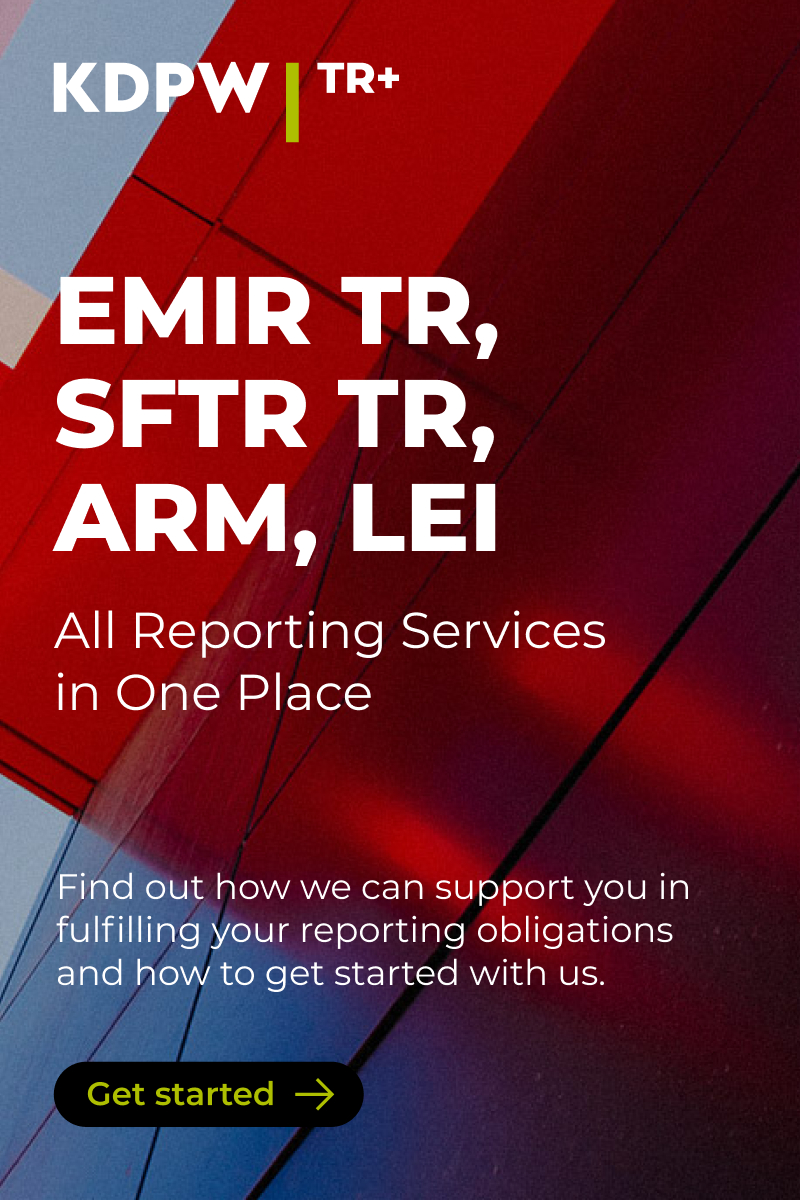Gary Gensler, chair of the US Securities and Exchange Commission (SEC), has reminded investors and advisers of the need for thorough due diligence on firms that are marketing custody services for crypto assets.
“Make no mistake,” says Gensler. “Based on how crypto trading and lending platforms generally operate, investment advisers cannot rely on them today as qualified custodians.”
To be clear, Gensler continues, “just because a crypto trading platform claims to be a qualified custodian doesn’t mean that it is.”
“When these platforms fail — something that we’ve seen time and again — investors’ assets often have become property of the failed company, leaving investors in line at the bankruptcy court.”
Gensler shares these observations in comments that he made on Friday to the SEC’s Investor Advisory Committee.
His words highlight the challenges that financial regulators face in developing institutional-standard asset safety and asset servicing frameworks for crypto investments that mirror those well established for traditional cash securities such as equities, government and corporate bonds.
Exacting standards for custodian selection have long been established under Rule 17f-5 of the Investment Company Act of 1940 for example, rules that were introduced to guide registered US investment companies in their selection of an eligible foreign custodian, but which have subsequently become a de facto international standard guiding custody provider selection.
Comparable standards have come into being under SEC Investment Company Act Rule 17f-7 guiding selection of an eligible foreign depository, but which again provide a de facto standard for due diligence when assets are processed or held in safekeeping at a central securities depository.
US financial supervisors have worked closely with their foreign counterparts, and with key industry bodies such as the Association of Global Custodians, to refine and update these principles and to stress test to ensure they are robust in current, and projected future, market conditions.
As yet, the same exacting standards are not yet well established for digital asset custody and this has, to date, impaired institutional flows into digital markets — although institutional investment into selected digital assets is gradually starting to grow.
For high net-worth and retail customers, opportunity to build exposure to crypto markets has typically been available on a buyer beware basis, whether through advised or non-advised channels. But this investor community, typically, has limited understanding of asset safety standards, has never heard of 17f-5 or 17f-7, and is not well equipped to conduct due diligence on post-trade service intermediaries in the digital space. Therein lies significant risk.
Gensler notes that the SEC has recently proposed a new safeguarding rule for investment advisers, building on existing custody rules in the wake of the 2008 global financial crisis and Madoff fraud to provide more complete cover of “all of an investor’s assets, not just their funds or securities”.
“Make no mistake,” says Gensler. “Our current custody rule, adopted in 2009, covers a significant amount of crypto assets. Advisers, in complying with the current custody rule, are required to safeguard investors’ crypto funds and securities with qualified custodians.”
While providing limited further detail, Gensler indicates that the new proposed safeguarding rule will expand custody safeguards to cover “all assets” and it will tighten the protection that qualified custodians must provide across this range of assets.
These proposals are moving the industry in the right direction, but the action needs to move faster. While many financial institutions may be engaging in thorough due diligence prior to holding assets with a digital custodian, protection is inadequate for private wealth and retail players in that space.
Beyond the market risk, the credit risk, the weak governance and lacking transparency that have been illustrated by FTX and other past blow ups — there is significant post-trade risk embedded in the crypto asset sector.
Financial supervisors need to be working with the industry and running hard to set in place equivalent principles embedded in, for example, 17f(5) and the Client Asset Sourcebook. This movement is advancing at walking pace currently.


